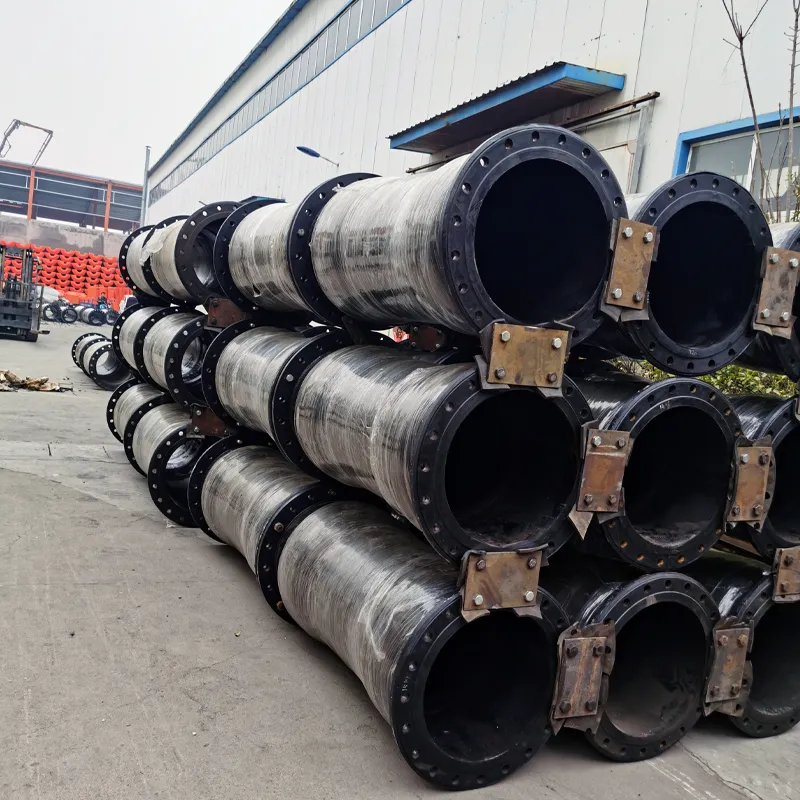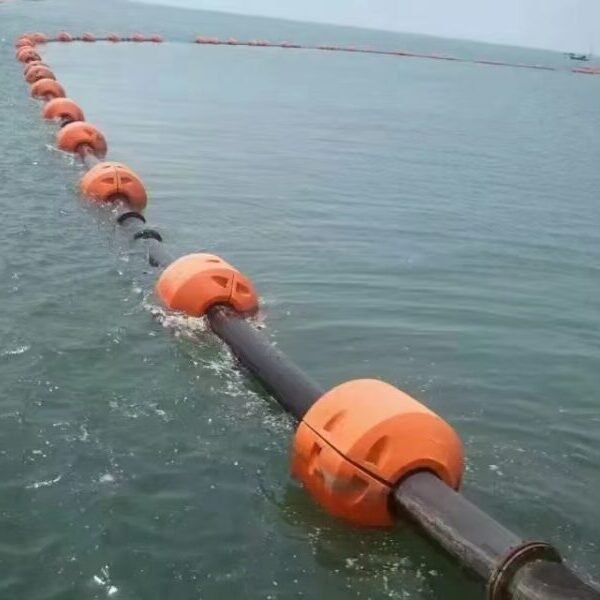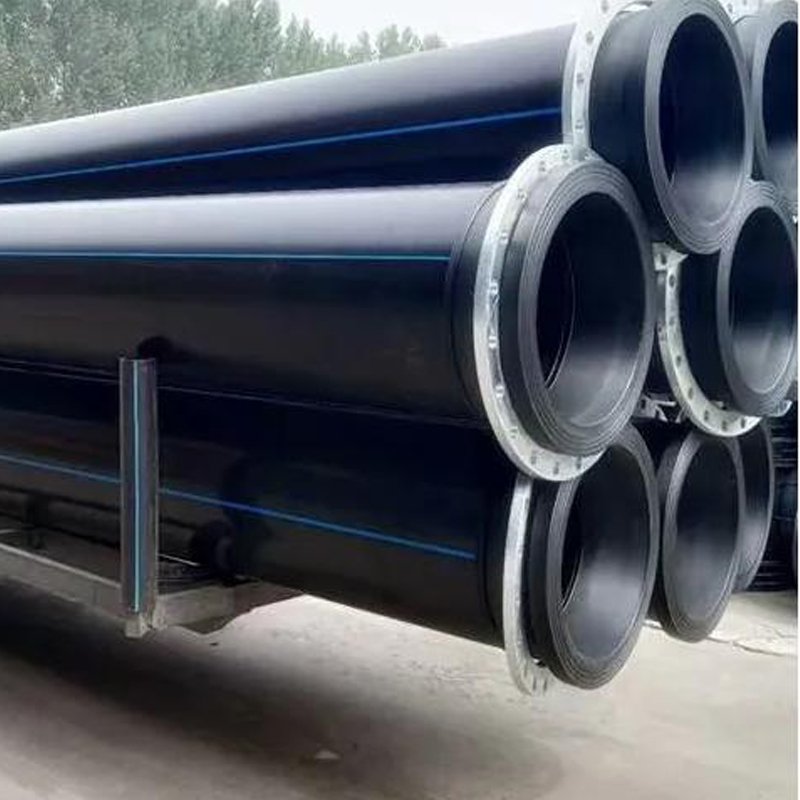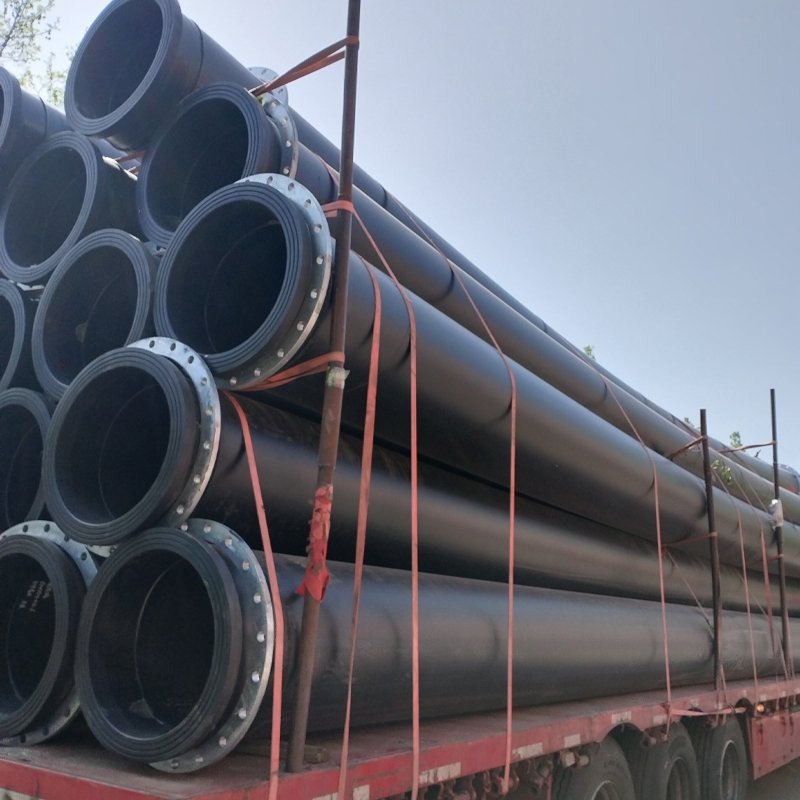Preventive Recommendations for HDPE Pipes
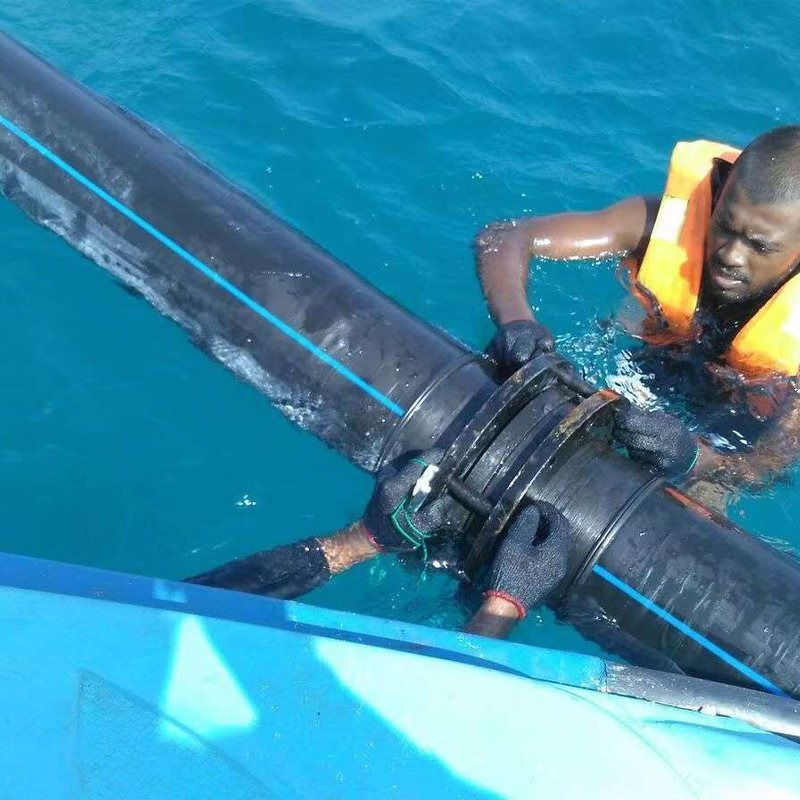
For preventive recommendations regarding HDPE (High-Density Polyethylene) pipelines, the core lies in scientific design, standardized construction, strict acceptance, and regular maintenance. The following will provide detailed preventive suggestions from a full lifecycle perspective, divided into stages, to avoid common quality issues such as deformation, leakage, and damage.
I. Design and Material Selection Phase (Preventing the Root Cause of Problems)
1. Accurate Pipe Selection:
◦ Pressure Rating (SDR): Precisely calculate the required ring stiffness (SDR value) based on working pressure, burial depth, and ground load (such as traffic load). It is strictly prohibited to use pipes with low ring stiffness as a substitute for those with high ring stiffness.
◦ Raw Materials: Ensure the use of brand-new pipe materials that meet national standards (e.g., PE80, PE100). Avoid using recycled materials or blended materials to guarantee the long-term strength and anti-aging performance of the pipe.
◦ Diameter and Wall Thickness: Select an appropriate diameter based on flow requirements, and verify the standard wall thickness to ensure it meets design specifications.
2. Scientific System Design:
◦ Trench Design: Design a reasonable trench width and slope to avoid difficulties in backfill compaction due to excessive narrowness, or increased load due to excessive width.
◦ Foundation Treatment: For adverse geological conditions such as soft soil foundations and backfill soil, clearly specify the foundation treatment plan in the design documents, such as replacement, compaction, or installation of gravel-sand foundations.
◦ Pipe Connection: Clearly define the applicable scenarios and standards for different connection methods (e.g., hot-melt, electro-fusion), and mark them on the drawings.
◦ Fittings and Accessories: Design配套的 (matching) fittings (e.g., elbows, tees) and gaskets of the same material to ensure system compatibility.
II. Construction and Installation Phase (Key Control Link)
1. Transportation and Storage
• Protection: Flexible slings should be used for pipeline transportation and lifting; steel ropes must not be used for direct bundling and lifting to avoid scratching the pipe wall.
• Storage: Piles should be flat, with height not too high to prevent deformation caused by long-term heavy pressure. Outdoor storage should be covered to avoid prolonged exposure to sunlight and rain.
2. Trench Excavation and Foundation Treatment
• Trench: Excavate strictly according to the design drawings to ensure the bottom width and elevation of the trench. The trench bottom should be flat, continuous, and free of sharp stones, tree roots, etc.
• Foundation: This is the most critical part!
◦ On undisturbed native soil, a medium-coarse sand foundation layer can be laid directly.
◦ If encountering soft ground such as mud or miscellaneous fill, replacement treatment must be carried out according to the design (usually replacing with 30-50cm of gravel and compacting) to ensure uniform support for the pipeline.
◦ The thickness and compaction of the foundation layer must meet the standards to provide uniform support for the pipeline.
3. Pipeline Connection (The Most Prone to Problems)
• Heat Fusion Connection:
◦ Cleaning: The connection end faces must be thoroughly cleaned, free of oil stains, soil, and moisture.
◦ Alignment: Ensure that the two pipe ends are aligned, with the misalignment not exceeding 10% of the pipe wall thickness.
◦ Temperature and Pressure: Strictly control the heating plate temperature, heating time, switching time, and welding pressure according to the parameters provided by the pipe material manufacturer.
◦ Cooling: After welding, sufficient natural cooling time is required, and no movement or external force should be applied during this period.
• Electro-Fusion Connection:
◦ Scraping: Strictly scrape off the oxide layer on the pipeline surface according to the requirements.
◦ Alignment and Fixation: After insertion,专用夹具 (special fixtures) should be used to fix it to prevent movement during welding.
◦ Power Supply: Use a (dedicated electro-fusion welder), input the correct welding parameters (voltage, time), and let the machine complete it automatically; manual intervention is strictly prohibited.
4. Backfill Quality Control
• Zoned Backfilling: This is the core to ensure the deformation rate of HDPE pipes meets the standard.
◦ Zone I (Pipe Bottom Inclined Area): The inclined areas on both sides of the pipe bottom must be manually layered and symmetrically compacted with medium-coarse sand or sandy soil with a maximum particle size less than 12mm, with compaction degree not less than 95%. This is key to forming \”soil-pipe interaction\”.
◦ Zone II (Within 50cm Above the Pipe Top): Backfill with medium-coarse sand or good quality soil; miscellaneous soil containing stones or construction waste is strictly prohibited. Small machinery can be used for compaction, but excessive impact on the pipe must be prevented.
◦ Zone III (Above 50cm of the Pipe Top to Ground Level): Backfill and compact in layers according to conventional subgrade requirements.
• Symmetrical Compaction: Backfill soil on both sides of the pipe must be carried out synchronously and symmetrically, with a height difference not exceeding 30cm to prevent pipe displacement and deformation under asymmetric pressure.
• Initial Backfill: After the pipeline installation is inspected and accepted, initial backfill should be carried out in a timely manner to prevent the pipe from being damaged by external forces or floating due to prolonged exposure.
III. Acceptance and Operation & Maintenance Phase
1. Tightness Test (Water Tightness/Air Tightness Test):
• Must be conducted after backfilling to 50cm above the pipe crown (excluding joints), allowing the pipeline to be tested under certain soil pressure for more accurate results.
• Strictly follow the test head, observation time, and allowable seepage quantity specified in the regulations.
2. Deformation Monitoring:
• After backfilling and before traffic opening, initial deformation rate of the pipeline can be detected using a pipeline inspection camera (CCTV) or a section gauge, ensuring it is less than the design allowable value (usually 3%-5%).
3. Regular Inspection and Maintenance:
• Inspection: Regularly check for abnormal settlement or cracks in manholes and on the ground, with particular focus during the rainy season.
• Cleaning: Regularly clear and maintain the pipeline to prevent sedimentation.
• Record-keeping: Establish a complete pipeline file, including design drawings, construction records, acceptance reports, and maintenance records.
Summary: Core Preventive
• Foundation is fundamental: Without treatment of weak subgrade, everything is zero.
• Backfilling is critical: Strict zoned and symmetrical backfilling is the lifeline for controlling deformation.
• Connection is key: Standardized hot-melt/electro-fusion operations are the prerequisite for ensuring no leakage.
• Materials are basic: Qualified pipes and fittings are the guarantee for the long-term safe operation of the system.
Following the above preventive recommendations can maximize the advantages of HDPE pipes, such as good flexibility, corrosion resistance, and long service life, and effectively avoid various common quality issues in engineering.

